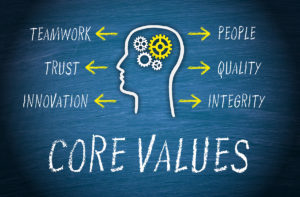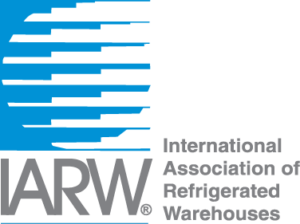
I regularly facilitate Innovation Workshops with leadership teams to help them establish their visions for the future. During these sessions, leaders regularly ask me how they can keep their Mission and organizational Values alive after these highly interactive group sessions. It’s not uncommon for a Mission statement to have a very short life of inspiring others for a few months or maybe a year before quickly fading away. Just imagine if you don’t ever share your Mission or related Values with any of your new hires who come on board after the workshop how it would have less and less impact on the organization over time.
So how do you keep everyone’s attention on your Mission statement when so much time has passed? There must be a way to keep it top of mind as opposed to having it fall off the radar, right? The following are eight great ways to engage your employees in your business and keep your Mission and Values alive so they do matter to your work.
1. Road Test & Refine – Some leaders think that once they develop a Mission statement or identify some core Values that they will magically appear in their organization and positively impact employee performance overnight. Remember, when you draft your Mission statement that only a select few even know it exists. Sometimes, it might be just you! The next critical step is to road test it with other key leaders and refine it as needed based on the feedback you gather. Note I said “key leaders” not “senior executives”. While you will surely want executive buy-in, you may want to share the draft Mission and Values with your more influential employees, including select individual contributors and customer-facing staff. Most notably, wouldn’t you want your receptionist (aka, “Director of First Impressions”) to espouse your core Values and live your Mission in every one of his/her interactions every day?
2. Showcase Star Performers – Beyond having your staff acknowledge each other, it is incredibly motivating for senior leadership to recognize their star performers too. You could do this verbally during those same staff meetings. Consider how powerful it would be, though, if you distributed a message to all staff every Friday afternoon or perhaps the first day of the month to explicitly recognize those individuals who best personify what it is you and your Company stand for. Be specific about what these individuals did to live your Mission and Values as well as how they were recognized.
Read more
















